
Stari Grad: The Historic Heart of Belgrade
Explore Stari Grad, Belgrade's historic heart, where centuries-old landmarks, cultural treasures, and vibrant street life come together in a mesmerizing blend.
Nestled in the vibrant capital city of Serbia, Stari Grad, or Old Town, stands as a captivating blend of the past and the present. This historic neighborhood is the cultural and historical hub of Belgrade, offering visitors a rich tapestry of landmarks, museums, and picturesque streets. Walking through Stari Grad feels like stepping back in time, with its cobbled streets, beautifully preserved buildings, and centuries-old churches. One of the main highlights of Stari Grad is the Kalemegdan Fortress, a monumental structure that offers breathtaking views over the confluence of the Sava and Danube rivers. The fortress is not only a historical site but also a place where locals and tourists alike enjoy leisurely strolls, picnics, and cultural events. Nearby, the pedestrian-friendly Knez Mihailova Street beckons with its array of shops, cafes, and street performers, making it a perfect spot for people-watching and soaking in the lively atmosphere. Stari Grad is also home to some of Belgrade's most important cultural institutions, such as the National Museum and the National Theatre. These venues provide a deep dive into Serbia's rich artistic and historical heritage. Additionally, the neighborhood boasts a vibrant nightlife scene, with numerous bars and restaurants offering everything from traditional Serbian cuisine to international dishes. Whether you're a history buff, a culture enthusiast, or simply someone looking to experience the soul of Belgrade, Stari Grad has something to offer.
Local tips in Stari Grad
- Visit Kalemegdan Fortress early in the morning or late afternoon to avoid crowds and enjoy the best views.
- Wear comfortable shoes as the cobbled streets can be uneven and require a bit of walking.
- Take a guided tour to fully appreciate the history and significance of the landmarks in Stari Grad.
- Try local delicacies such as burek and rakija at one of the traditional restaurants.
- Check the schedule of the National Theatre for live performances and cultural events.
Stari Grad: The Historic Heart of Belgrade
Nestled in the vibrant capital city of Serbia, Stari Grad, or Old Town, stands as a captivating blend of the past and the present. This historic neighborhood is the cultural and historical hub of Belgrade, offering visitors a rich tapestry of landmarks, museums, and picturesque streets. Walking through Stari Grad feels like stepping back in time, with its cobbled streets, beautifully preserved buildings, and centuries-old churches. One of the main highlights of Stari Grad is the Kalemegdan Fortress, a monumental structure that offers breathtaking views over the confluence of the Sava and Danube rivers. The fortress is not only a historical site but also a place where locals and tourists alike enjoy leisurely strolls, picnics, and cultural events. Nearby, the pedestrian-friendly Knez Mihailova Street beckons with its array of shops, cafes, and street performers, making it a perfect spot for people-watching and soaking in the lively atmosphere. Stari Grad is also home to some of Belgrade's most important cultural institutions, such as the National Museum and the National Theatre. These venues provide a deep dive into Serbia's rich artistic and historical heritage. Additionally, the neighborhood boasts a vibrant nightlife scene, with numerous bars and restaurants offering everything from traditional Serbian cuisine to international dishes. Whether you're a history buff, a culture enthusiast, or simply someone looking to experience the soul of Belgrade, Stari Grad has something to offer.
Iconic landmarks you can’t miss
Belgrade Fortress
Discover Belgrade Fortress, a historic gem overlooking the convergence of the Sava and Danube rivers, rich in history and stunning views.
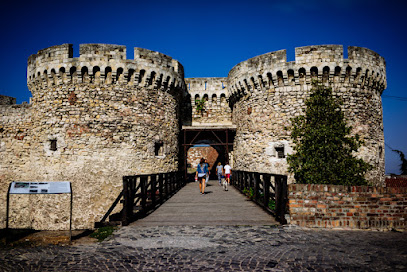
Prince Mihailo Monument
Explore the rich history of Serbia at the iconic Prince Mihailo Monument in Belgrade's bustling Republic Square.
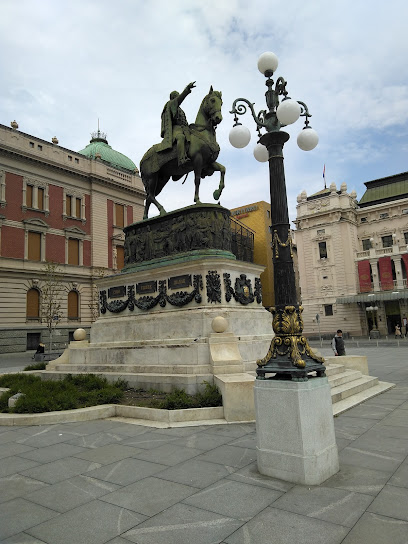
Novi Dvor
Explore Novi Dvor, a majestic historical landmark in Belgrade that showcases Serbia's regal heritage and stunning architecture amidst beautiful gardens.
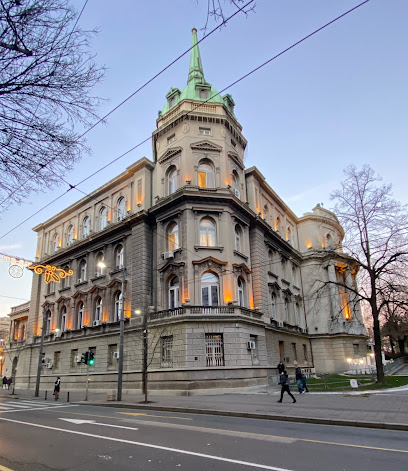
Monument of Gratitude to France
Discover the Monument of Gratitude to France in Belgrade, an elegant tribute that symbolizes the strong bond between Serbia and France amidst beautiful park surroundings.
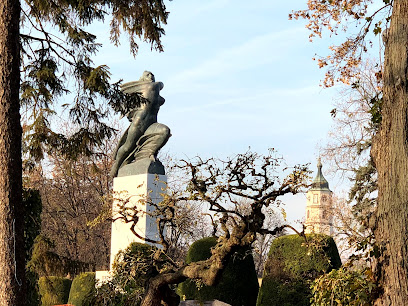
The Old Palace
Explore the grandeur of The Old Palace in Belgrade, a historical landmark rich in culture and architecture, perfect for history lovers and tourists alike.
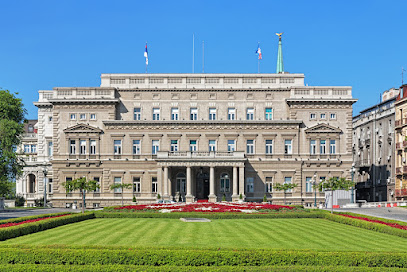
Kosancicev venac
Explore Kosancicev Venac, a historic quarter in Belgrade, featuring charming streets, local art, and stunning views of the Sava River.
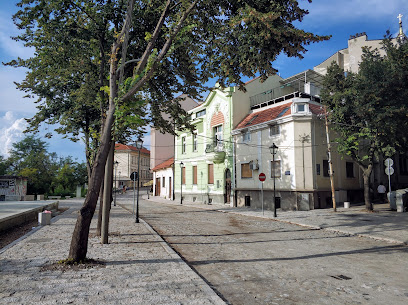
Upper town
Discover the enchanting Upper Town in Belgrade, where history, culture, and breathtaking views come together in a captivating urban landscape.
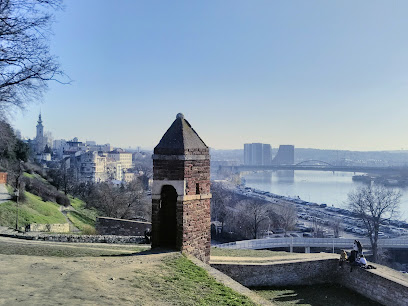
Royal Gate
Experience the rich history of Belgrade at the Royal Gate, a stunning landmark that embodies the city's royal heritage and architectural beauty.
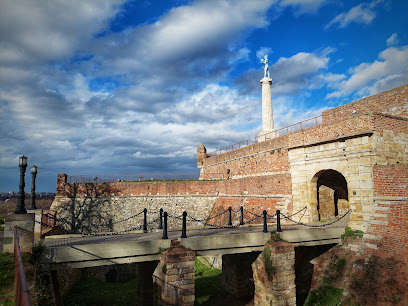
Monument to the Defenders of Belgrade
Explore the Monument to the Defenders of Belgrade, a powerful memorial honoring the city's courageous protectors and a symbol of Serbian resilience and history.

Great Ravelin
Explore the historic Great Ravelin in Belgrade, where breathtaking views and rich heritage await every traveler.

Unmissable attractions to see
The Temple of Saint Sava
Discover the grandeur of the Temple of Saint Sava in Belgrade - a stunning Orthodox church and a symbol of Serbian heritage and spirituality.

Monument of Gratitude to France
Explore the Monument of Gratitude to France in Belgrade, a stunning sculpture celebrating the historic friendship between Serbia and France.
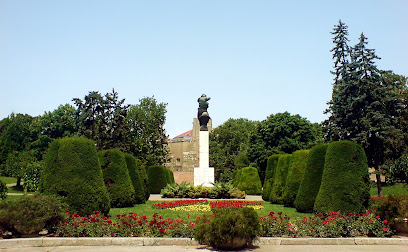
FountainVrelo
Explore Fountain Vrelo, a picturesque fountain in Belgrade, where history meets vibrant city life, perfect for relaxation and memorable moments.
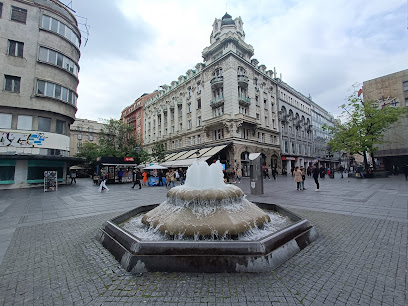
Essential places to dine
Manufaktura Restaurant Belgrade
Discover authentic Serbian cuisine at Manufaktura Restaurant in Belgrade - where tradition meets flavor in a vibrant setting.
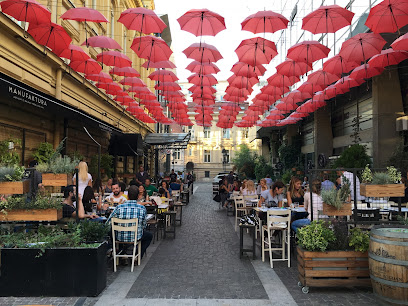
Mama Restaurant Belgrade
Discover the vibrant flavors of Serbian cuisine at Mama Restaurant Belgrade - where culinary excellence meets cultural ambiance.
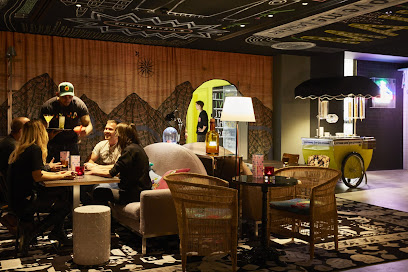
Mezestoran Dvoriste
Experience authentic Mediterranean flavors at Mezestoran Dvoriste in Belgrade – where every meal tells a story of tradition and taste.
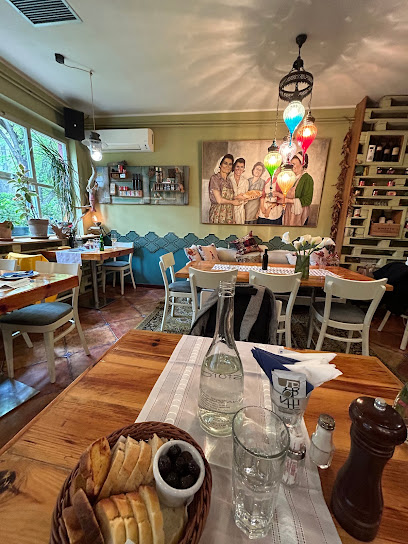
Little Bay
Experience the theatrical charm of Little Bay in Belgrade – where gourmet cuisine meets stunning ambiance for an unforgettable dining adventure.
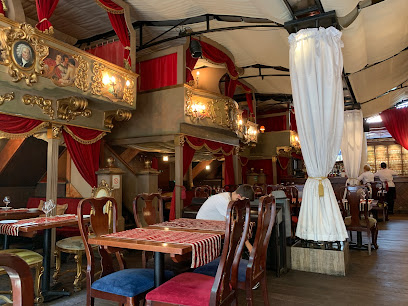
Mikan Restaurant
Savor authentic Serbian flavors at Mikan Restaurant in Belgrade's Stari Grad district – where tradition meets taste.
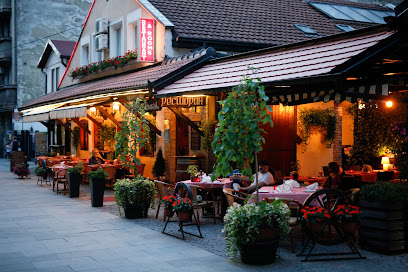
Casa Nova
Experience authentic Serbian flavors at Casa Nova, where culinary tradition meets modern elegance in the heart of Belgrade.
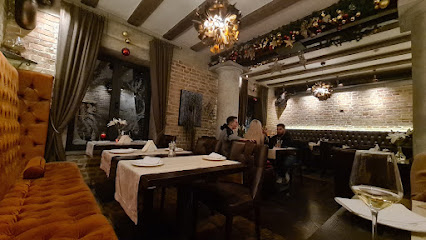
Comunale Caffe e Cucina
Experience modern European cuisine at Comunale Caffe e Cucina in Belgrade - where exquisite flavors meet stunning riverside views.
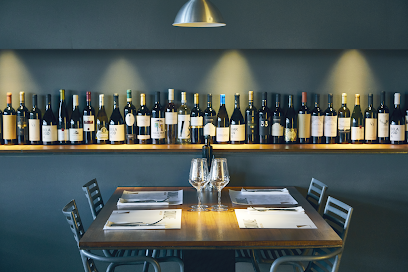
Bistro Grad Hometown Food
Experience authentic Serbian cuisine at Bistro Grad in Belgrade - where tradition meets taste in a cozy bistro setting.

Trattoria Pepe
Experience authentic Italian flavors at Trattoria Pepe in Belgrade - where every meal is crafted with love and local ingredients.
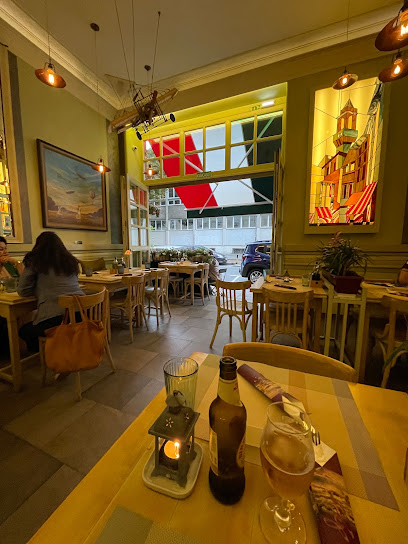
Big Bull
Savor authentic Serbian cuisine in a cozy setting at Big Bull – your culinary gateway to Belgrade's vibrant food scene.
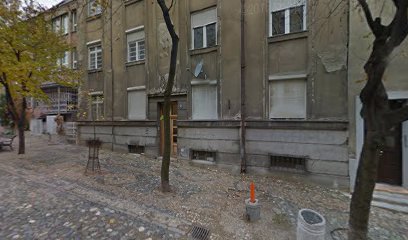
Markets, malls and hidden boutiques
Vintage Beograd
Discover unique vintage treasures and authentic local crafts at Vintage Beograd, a delightful general store in the heart of Belgrade.
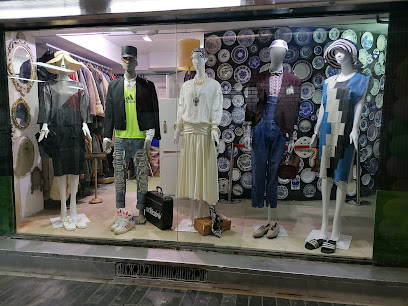
Jane Doe Vintage Shop
Explore vintage fashion treasures and artistic charm at Jane Doe Vintage Shop in the heart of Belgrade.
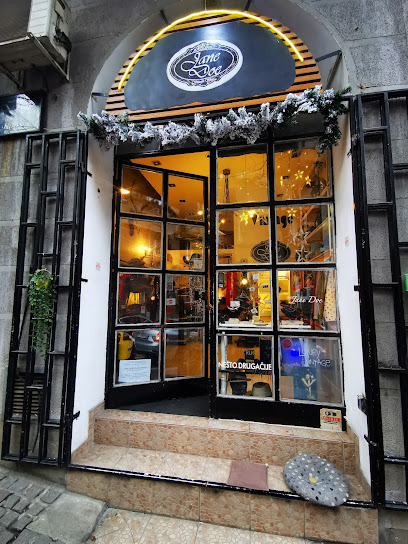
Šmizla Vintage & Design Store
Explore Belgrade's unique fashion scene at Šmizla Vintage & Design Store, where vintage meets contemporary in an eclectic shopping experience.
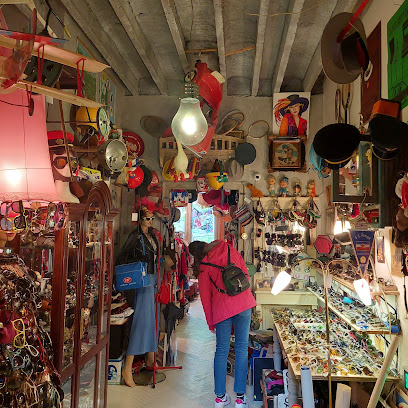
Hibi BG Shop
Explore Hibi BG Shop in Belgrade for authentic Serbian souvenirs and unique local crafts that capture the essence of your travels.
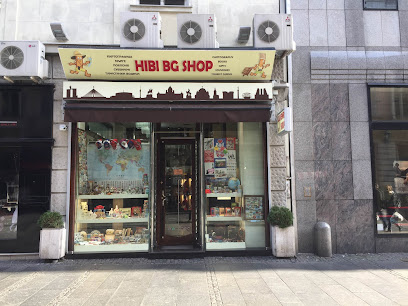
Nosimse
Discover unique vintage fashion at Nosimse in Belgrade's Design District, where timeless style meets modern flair.
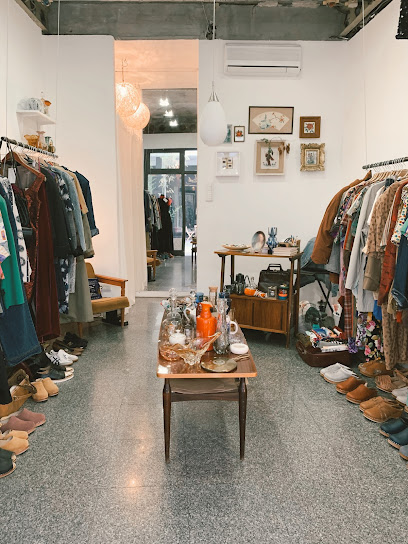
Souvenirs and Gifts
Discover authentic Serbian souvenirs at Souvenirs and Gifts in Belgrade, your go-to destination for unique mementos of your travel adventure.

Vintage LUX boutique
Explore the unique fashion of Vintage LUX Boutique in Belgrade, a vintage clothing store that captures the essence of timeless style.
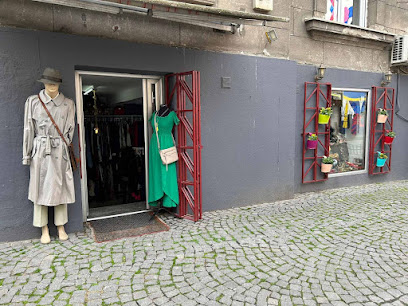
MiA Bgd concept store
Explore MiA Bgd Concept Store in Belgrade for unique gifts, local crafts, and a taste of Serbian culture.
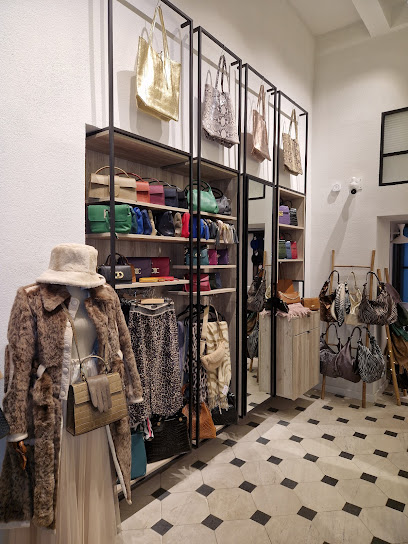
TRICIKL Gift Shop
Explore TRICIKL Gift Shop in Belgrade for unique Serbian souvenirs and handcrafted treasures that capture the essence of local culture.
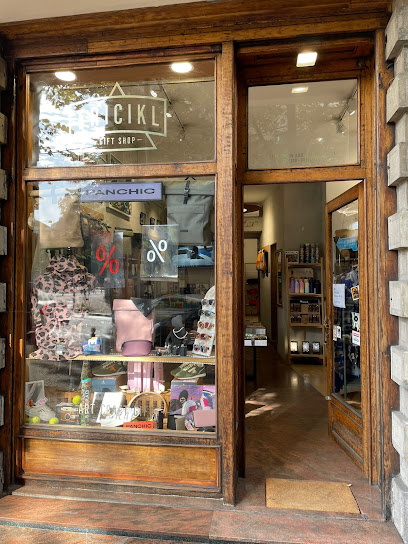
Galerija Monmartr
Explore Galerija Monmartr in Belgrade for unique gifts and authentic Serbian art, capturing the heart of local culture in every piece.
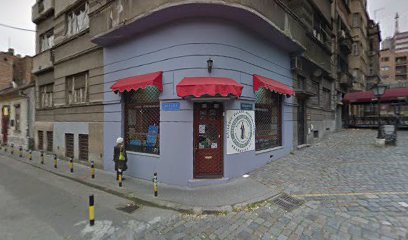
Essential bars & hidden hideouts
Funk & Soul Pub
Experience the rhythmic vibe of Funk & Soul Pub in Belgrade, where great music meets delicious food and drinks in a lively atmosphere.
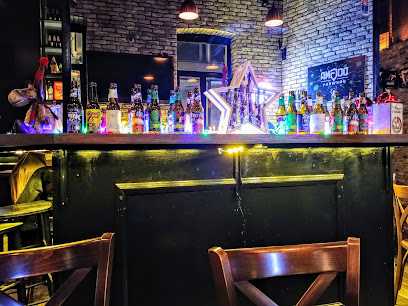
Wurst Platz Bar
Experience the lively atmosphere, delicious food, and vibrant nightlife at Wurst Platz Bar in Belgrade, the ultimate pub for tourists.
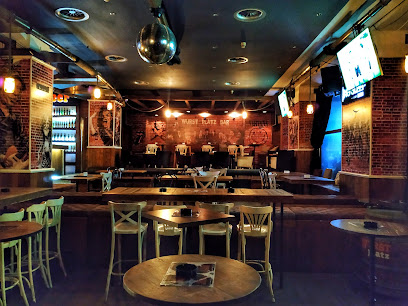
Passengers Bar
Discover the charm of Passengers Bar, where delicious food and drinks meet the vibrant spirit of Belgrade's nightlife.
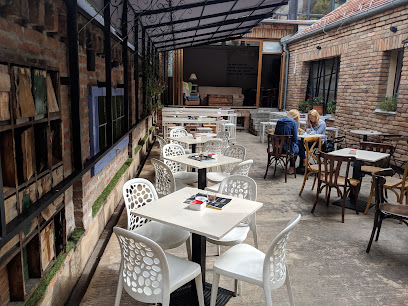
Ginger Bar
Experience the vibrant nightlife of Belgrade at Ginger Bar, where innovative cocktails and a lively atmosphere await you.
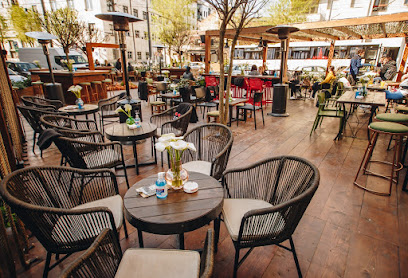
Boho Bar
Discover the vibrant atmosphere of Boho Bar in Belgrade, where unique cocktails meet stunning city views for an unforgettable experience.
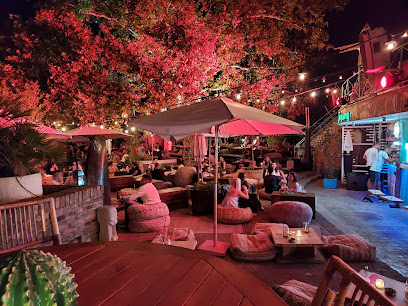
Bitters Bar
Discover Bitters Bar in Belgrade - a refined cocktail bar offering expertly crafted drinks and a vibrant atmosphere for an unforgettable night out.
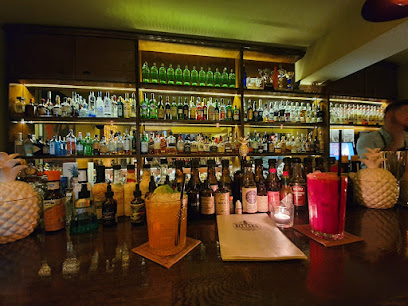
Druid bar
Discover Druid Bar in Belgrade: a cocktail haven blending unique flavors with a cozy atmosphere, perfect for a memorable night out.
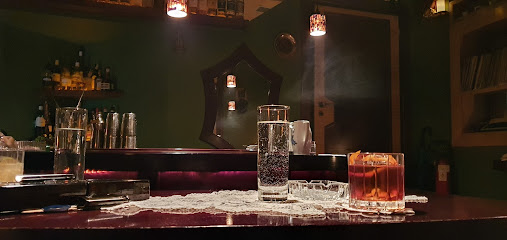
April bar
Discover the lively ambiance of April Bar in Belgrade, where eclectic decor meets a vibrant nightlife and creative cocktails await.
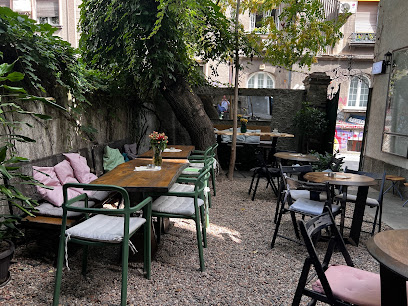
Dorcol Bar
Discover the heartbeat of Belgrade at Dorcol Bar, where vibrant ambiance meets a diverse drink selection.
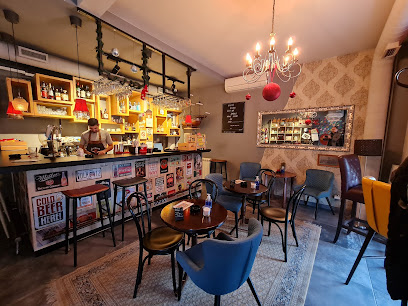
BELGRADE REPUBLIC SQUARE
Experience the vibrant culture and rich history of Belgrade at Republic Square, the city's lively central hub.
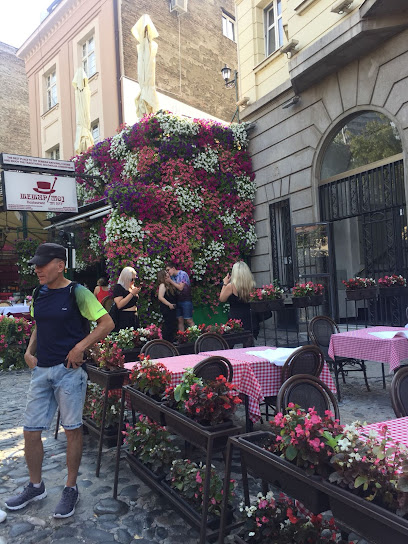
Local Phrases
-
- HelloЗдраво
[Zdravo] - GoodbyeДовиђења
[Doviđenja] - YesДа
[Da] - NoНе
[Ne] - Please/You're welcomeМолим/Нема на чему
[Molim/Nema na čemu] - Thank youХвала
[Hvala] - Excuse me/SorryИзвините
[Izvinite] - How are you?Како си?
[Kako si?] - Fine. And you?Добро. А ти?
[Dobro. A ti?] - Do you speak English?Говорите ли енглески?
[Govorite li engleski?] - I don't understandНе разумем
[Ne razumem]
- HelloЗдраво
-
- I'd like to see the menu, pleaseЖелео бих да видим мени, молим
[Želeo bih da vidim meni, molim] - I don't eat meatНе једем месо
[Ne jedem meso] - Cheers!Живели!
[Živeli!] - I would like to pay, pleaseЖелео бих да платим, молим
[Želeo bih da platim, molim]
- I'd like to see the menu, pleaseЖелео бих да видим мени, молим
-
- Help!Упомоћ!
[Upomoć!] - Go away!Иди одавде!
[Idi odavde!] - Call the Police!Позвате полицију!
[Pozvate policiju!] - Call a doctor!Позвате лекара!
[Pozvate lekara!] - I'm lostИзгубио се/се изгубила
[Izgubio se/se izgubila] - I'm illБолестан/болестна сам
[Bolestan/bolestna sam]
- Help!Упомоћ!
-
- I'd like to buy...Желео бих да купим...
[Želeo bih da kupim...] - I'm just lookingСамо гледам
[Samo gledam] - How much is it?Колико кошта?
[Koliko košta?] - That's too expensiveТо је превише скупо
[To je previše skupo] - Can you lower the price?Можете ли спустити цену?
[Možete li spustiti cenu?]
- I'd like to buy...Желео бих да купим...
-
- What time is it?Колико је сати?
[Koliko je sati?] - It's one o'clockЈедан сат
[Jedan sat] - Half past (10)Пола (10)
[Pola (10)] - MorningЈутро
[Jutro] - AfternoonПоподне
[Popodne] - EveningВече
[Veče] - YesterdayЈуче
[Juče] - TodayДанас
[Danas] - TomorrowСутра
[Sutra] - 1Један
[Jedan] - 2Два
[Dva] - 3Три
[Tri] - 4Четири
[Četiri] - 5Пет
[Pet] - 6Шест
[Šest] - 7Седам
[Sedam] - 8Осам
[Osam] - 9Девет
[Devet] - 10Десет
[Deset]
- What time is it?Колико је сати?
-
- Where's a/the...?Где је...?
[Gde je...?] - What's the address?Која је адреса?
[Koja je adresa?] - Can you show me (on the map)?Можете ли ми показати (на мапи)?
[Možete li mi pokazati (na mapi)?] - When's the next (bus)?Кад је следећи (аутобус)?
[Kad je sledeći (autobus)?] - A ticket (to ....)Једну карту (за ...)
[Jednu kartu (za ...)]
- Where's a/the...?Где је...?
History of Stari Grad
-
Stari Grad, the historical core of Belgrade, has been inhabited since the prehistoric era, with evidence of settlements dating back to the Vinča culture around 5700 BC. Its strategic location at the confluence of the River Sava and the Danube made it a vital trading and military point throughout history, attracting various civilizations, including the Celts and Romans.
-
During the Roman period, the settlement was known as Singidunum. The Romans established a fortified city here in the 1st century AD, which became an important military outpost. Ruins of Roman structures, including the remnants of a fortress, can still be found in Stari Grad, reflecting the area's significance during the Roman Empire.
-
In the medieval period, Stari Grad witnessed the rise of various rulers, including the Byzantine and Serbian empires. The area became a focal point during the Ottoman conquest in the 15th century, leading to significant cultural and architectural influences. The construction of the Belgrade Fortress began in this era, symbolizing the city's strategic military importance.
-
Following the Austro-Turkish Wars, Stari Grad became part of the Habsburg Monarchy in the late 17th century. This period saw the construction of Baroque buildings and the establishment of cultural institutions. The influence of the Austro-Hungarian Empire can still be seen in the architecture of Stari Grad, with many buildings reflecting this style.
-
The 20th century brought significant turmoil to Stari Grad, with both World Wars causing extensive damage and upheaval. After World War II, Belgrade underwent a major reconstruction, with Stari Grad becoming a blend of historical preservation and modern development. The neighborhood has since regained its status as a cultural hub, featuring museums, galleries, and theaters, reflecting the city's rich and diverse history.
Stari Grad Essentials
-
Stari Grad is centrally located in Belgrade, making it easily accessible from various neighborhoods. The main transportation options include taxis, which are readily available throughout the city, and public transportation. From the Nikola Tesla Airport, travelers can take a taxi or an airport shuttle bus to reach Stari Grad in approximately 30-40 minutes. For those coming from other neighborhoods, the local bus network is extensive, with several lines connecting Stari Grad to areas like Vračar, Novi Beograd, and Savski Venac. Trams also serve the area, particularly Tram Line 2, which runs through key points in the city.
-
Stari Grad is a pedestrian-friendly neighborhood, ideal for exploring on foot. Most attractions, such as Kalemegdan Fortress, Knez Mihailova Street, and the Republic Square, are within walking distance. For public transport, buses and trams are available, with several stops conveniently located throughout the area. Bicycles can be rented from local shops, and Belgrade also has a bike-sharing system called 'Bicycle Belgrade.' Taxis are another option, easily hailed or booked through mobile apps.
-
Stari Grad is generally considered a safe neighborhood for tourists, with a low rate of violent crime. However, visitors should remain vigilant against petty crimes such as pickpocketing, especially in crowded areas like markets and public transport. Areas around the train station and bus terminals may have higher incidences of petty crime, so it’s advisable to exercise caution there. Avoid walking alone late at night in less populated streets.
-
In case of an emergency, dial 112 for police, fire, or medical assistance. The local hospitals and clinics in Stari Grad are equipped to handle emergencies. It is advisable to have travel insurance that covers medical emergencies. For minor health issues, pharmacies are available throughout the neighborhood, and many are open late.
-
Fashion: Do dress comfortably and appropriately for the weather. While casual attire is common, avoid overly revealing clothing in religious sites. Religion: Do respect local customs, especially when visiting churches. Always cover your shoulders and knees. Public Transport: Do be courteous and allow elderly passengers to sit. Don’t eat or drink on public transport. Greetings: Do greet with a firm handshake and maintain eye contact. Don’t be overly familiar with strangers. Eating & Drinking: Do try local specialties in restaurants and cafes. Don’t refuse food or drink offered to you, as it is seen as impolite.
-
To experience Stari Grad like a local, visit Skadarlija, the bohemian quarter, known for its traditional restaurants and vibrant atmosphere. Engage with local vendors at the farmers' market for fresh produce and handmade goods. Take a stroll down Knez Mihailova Street for shopping and people-watching. Don't miss the opportunity to enjoy a coffee in one of the many outdoor cafes, as socializing over coffee is a cherished local tradition. Additionally, consider visiting the Museum of Contemporary Art for insights into local art and culture.
Nearby Cities to Stari Grad
-
Things To Do in Pančevo
-
Things To Do in Smederevo
-
Things To Do in Novi Sad
-
Things To Do in Kragujevac
-
Things To Do in Kraljevo
-
Things To Do in Tuzla
-
Things To Do in Subotica
-
Things To Do in Szeged
-
Things To Do in Arad
-
Things To Do in Drobeta-Turnu Severin
-
Things To Do in Sarajevo
-
Things To Do in Niš
-
Things To Do in Zenica
-
Things To Do in Mitrovica
-
Things To Do in Podujevo











